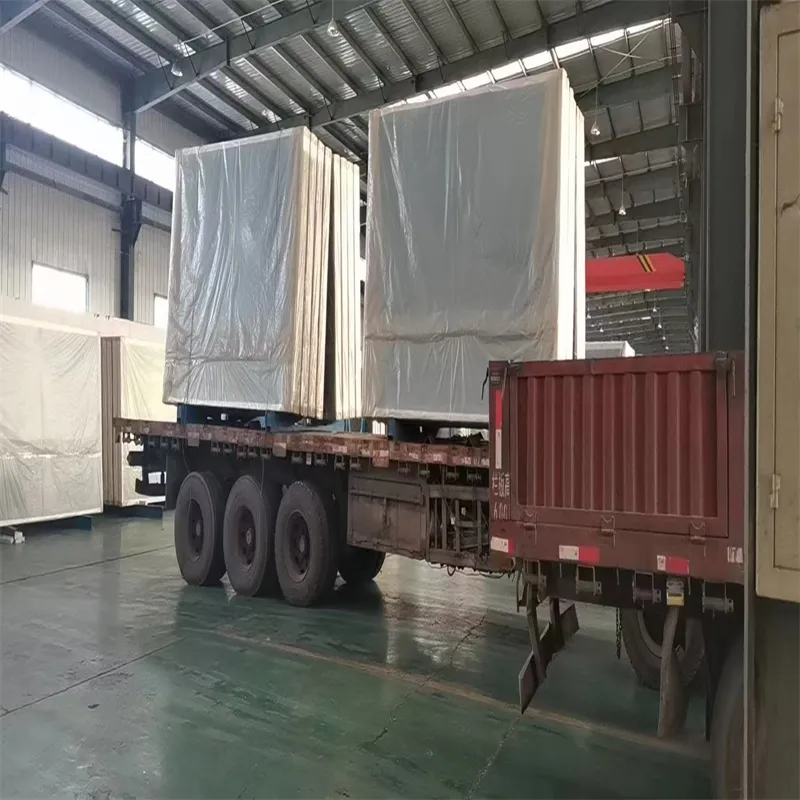Dec . 21, 2024 15:22 Back to list
green float glass
The Significance of Green Float Glass in Modern Architecture and Sustainable Design
In recent years, green float glass has emerged as a vital material in the realms of architecture and sustainable design. Its unique properties and aesthetic appeal make it a favored choice among architects and builders looking to create energy-efficient and environmentally friendly structures.
Green float glass is produced through the float glass process, which involves melting silica sand, soda ash, and limestone at high temperatures. The molten glass is then floated on top of molten tin, allowing it to form a smooth, flat surface. The resulting glass is not only clear and optically pure but also exhibits a green tint, a byproduct of iron oxide present in the raw materials. This green hue is often subtle, providing a pleasing aesthetic that complements a wide variety of architectural styles.
One of the primary advantages of green float glass is its energy efficiency. The glass can be treated with coatings that enhance its thermal performance, reflecting solar heat during summer while retaining warmth during winter. This ability to regulate indoor temperatures effectively reduces the need for heating and cooling, ultimately leading to lower energy bills and reduced carbon emissions. As architects prioritize sustainability in their designs, green float glass stands out as an ideal solution for achieving energy-efficient buildings.
Moreover, green float glass is highly versatile
. It can be utilized in various applications, including windows, facades, skylights, and interior partitions. The glass can be manufactured in different thicknesses and sizes, allowing for flexibility in design and construction. Additionally, its aesthetic appeal is magnified by its ability to be processed into a range of finishes, including fritted patterns, tints, and coatings, enabling creative expression while maintaining functionality.green float glass

Beyond its practical attributes, green float glass supports sustainable practices in building construction. The production process itself has seen significant advancements in reducing energy consumption and waste. Manufacturers are increasingly adopting environmentally friendly practices, such as recycling glass and using sustainable raw materials. This commitment to sustainability extends to the product's end of life, as the glass is fully recyclable, contributing to a circular economy where materials are reused and repurposed rather than ending up in landfills.
In the context of green building certifications, such as LEED (Leadership in Energy and Environmental Design), green float glass can significantly contribute to earning points. Its ability to enhance a building's energy efficiency and reduce environmental impact aligns perfectly with the goals of sustainable construction. For architects, incorporating this material into their designs not only fulfills client demands for modernity but also promotes environmental stewardship.
As urban areas continue to expand and the need for eco-friendly materials becomes increasingly pressing, green float glass represents a crucial element in the future of construction. The combination of beauty, functionality, energy-efficiency, and sustainability makes it an excellent choice for modern architecture. By focusing on materials like green float glass, we can work towards buildings that not only meet the demands of today but also safeguard the environment for future generations.
In conclusion, the role of green float glass in contemporary architecture is multifaceted. It enhances aesthetic appeal while promoting energy efficiency and sustainability. As society grows more conscious of its ecological footprint, the integration of green float glass in building design and construction practices will undoubtedly play a pivotal role in advancing sustainable architecture, paving the way for a greener future. As trends in architecture continue to evolve, materials like green float glass will remain at the forefront, embodying the principles of responsible and innovative design.
-
Safety and Style with Premium Laminated Glass Solutions
NewsJun.24,2025
-
Reinvents Security with Premium Wired Glass
NewsJun.24,2025
-
Premium Float Glass Line for Modern Architecture
NewsJun.24,2025
-
Low Emissivity Glass for Energy-Efficient Architecture
NewsJun.24,2025
-
High-Performance Insulated Glass Solutions for Modern Architecture
NewsJun.24,2025
-
Elevates Interior Style with Premium Silver Mirror
NewsJun.24,2025
Related PRODUCTS














